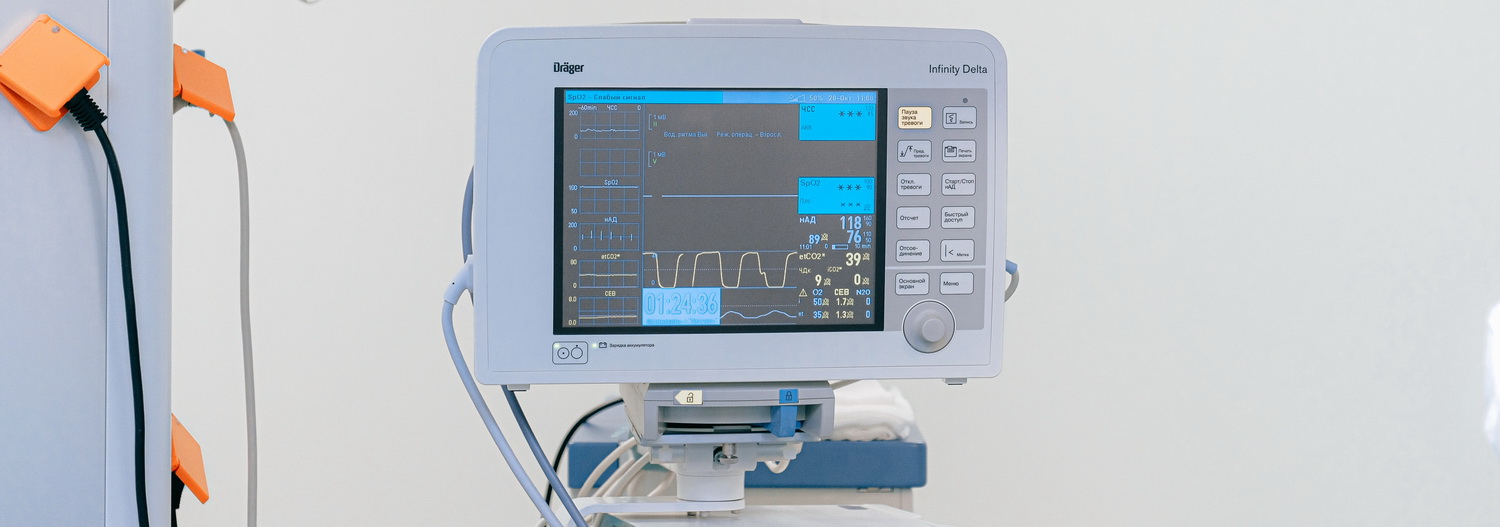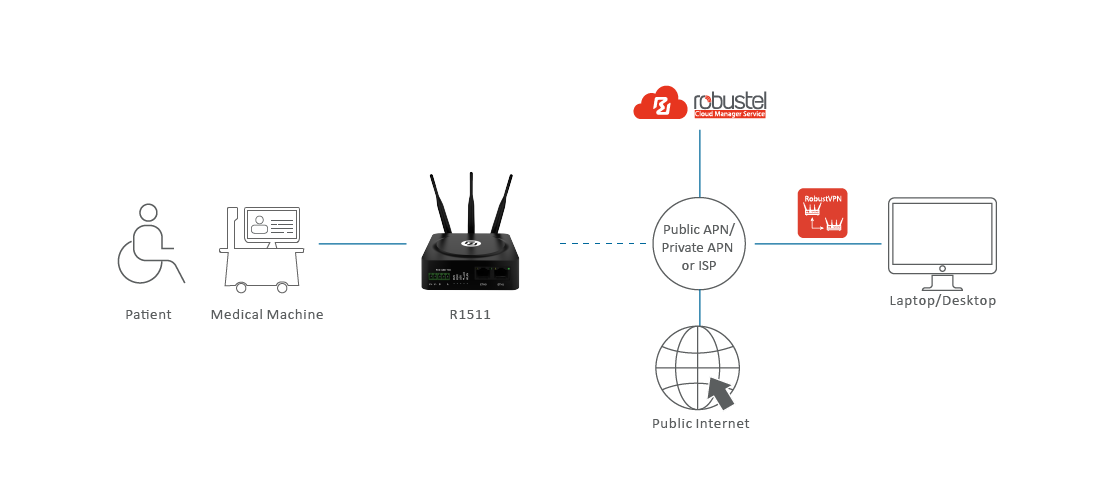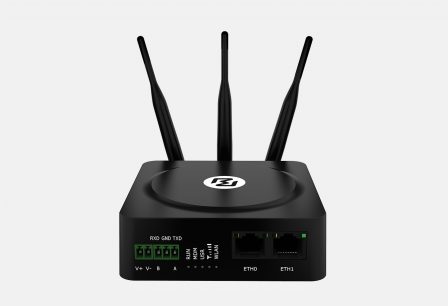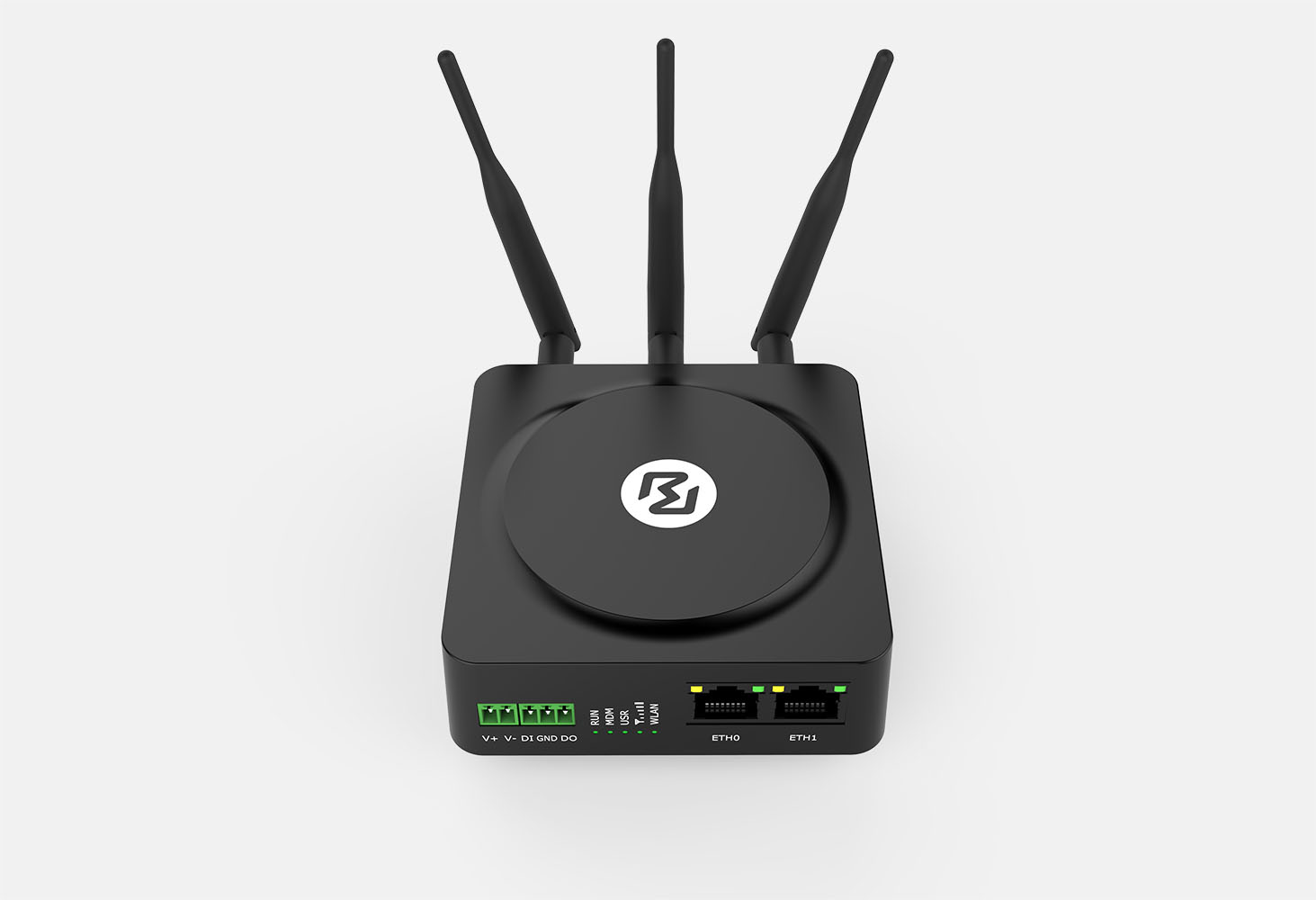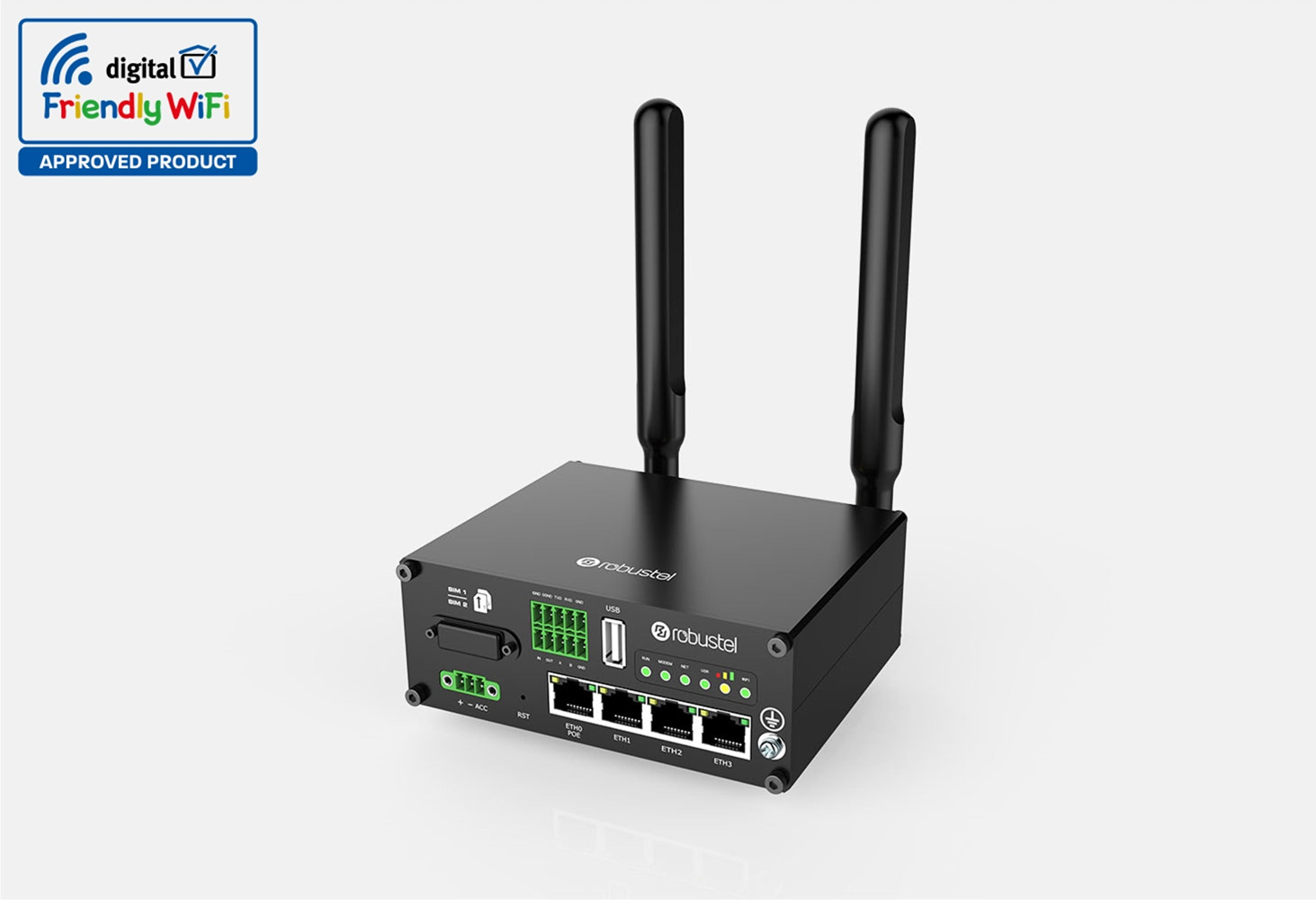Integrating IoT in Telemedicine Devices
Telemedicine is knocking down the barriers that stand between people and quality healthcare. The latest innovations are changing the way doctors and healthcare providers care for their patients, while streamlining and making processes more cost-efficient for both patient and doctor.
Using technologies like sensors, video conferencing and electronic health records, doctors can easily assess, diagnose and even treat injuries and illnesses over the phone or video call. By creating a network of connected devices that collects and exchanges data, telemedicine technology with IoT delivers healthcare services to people in remote areas, or to those who can't travel to their doctor’s office. Telemedicine can also be used to monitor more serious and chronic health conditions in real-time, providing updates and alerts if vital signs are outside of normal parameters.
Connecting your telemedicine devices with a Robustel gateway provides remote access to doctors and healthcare providers – no matter their location.
What is telemedicine in healthcare?
Telemedicine technologies allow healthcare professionals to evaluate, diagnose and even treat patients from a remote location. It also enables doctors to receive real-time and accurate data on their patients. Using technology like computers, video conferencing and telemedicine sensors, doctors can offer virtual care.
Some of the common telemedicine uses include:
- Assessment of symptoms and whether the patient needs in-person care.
- Medical treatment, such as mental-health sessions and assessments of minor infections or illness.
- Write prescriptions.
- Virtual therapy, such as speech and physical therapy appointments.
- Track and monitor patient vital signs, such as blood pressure, temperature and heart rate.
Ultrafast and reliable connectivity means a range of telemedicine technologies can be connected to create a fully integrated server. This server doesn’t just improve communication between doctors and patients, it can also be used to create a support network that doctors can leverage.
Benefits of telemedicine technology
One of the main benefits of telemedicine is the convenience for both patient and doctor. Patients don’t have to sit in a waiting room when they’re sick or in pain. Instead, they can see the doctor from the comfort of their own space – without spreading their germs. Virtual visits are also much easier to schedule, working around commitments without the need to carve out an entire afternoon.
Some other benefits of telemedicine include:
- Improved access to care: connected telemedicine equipment can be leveraged anywhere with an internet connection. This means rural and remote areas can have better access – especially to specialists – without the need to drive long distances.
- Higher quality of care: telemedicine can allow for better, and even continuous, patient monitoring. Doctors can respond quickly to changes in the patient's condition, while patients can better stay on top of self-care.
- Better record keeping: electronic health records can be automatically updated by AI, and used to perform diagnostics and even optimal treatment advice.
- Streamline workflow: doctors and other providers can see more patients in the same amount of time. Visits can be shorter, with less waiting time in between. Plus, by leveraging electronic health records, providers can easily make assessments.
- Send real-time data to awaiting services: emergency responders can use a telemedicine device to send vital signs and updates to hospital staff en route.
- Dial in specialists: specialists can provide advice and oversee procedures without the need to travel.
The future of IoT and telemedicine
While the Covid-19 pandemic caused telemedicine to become a popular healthcare service, it has only continued to grow in popularity since. Telemedicine connects specialists in an emergency, enables healthcare providers to avoid exposures to viruses and helps support doctors to continue to provide high-quality care for patients.
By leveraging IoT telemedicine solutions, healthcare providers can continue to keep pace with an evolving healthcare field. Whether it’s the use of real-time data to make diagnoses, or an alert system to quickly respond in emergencies – the opportunities are endless.
Connect your telemedicine systems
By connecting with IoT telemedicine communications and sensing devices, there’s a huge opportunity for telemedicine to improve the quality of healthcare, globally. Robustel has end-to-end solutions for your healthcare needs. Whether you want to connect cameras, screens and sensors, or create a connected data-collection network, Robustel gateways enable medical professionals to hold remote appointments.
Robustel’s connection allows for real-time monitoring that is secure and simple to install. All Robustel routers run through the Robustel Cloud Manager Service (RCMS). When you connect to RCMS, you open up a world of applications that make managing and connecting devices easy. Speak to one of our experts today about how we can get you connected.

